Bold as brass: Neri & Hu design an impactful Sulwhasoo flagship
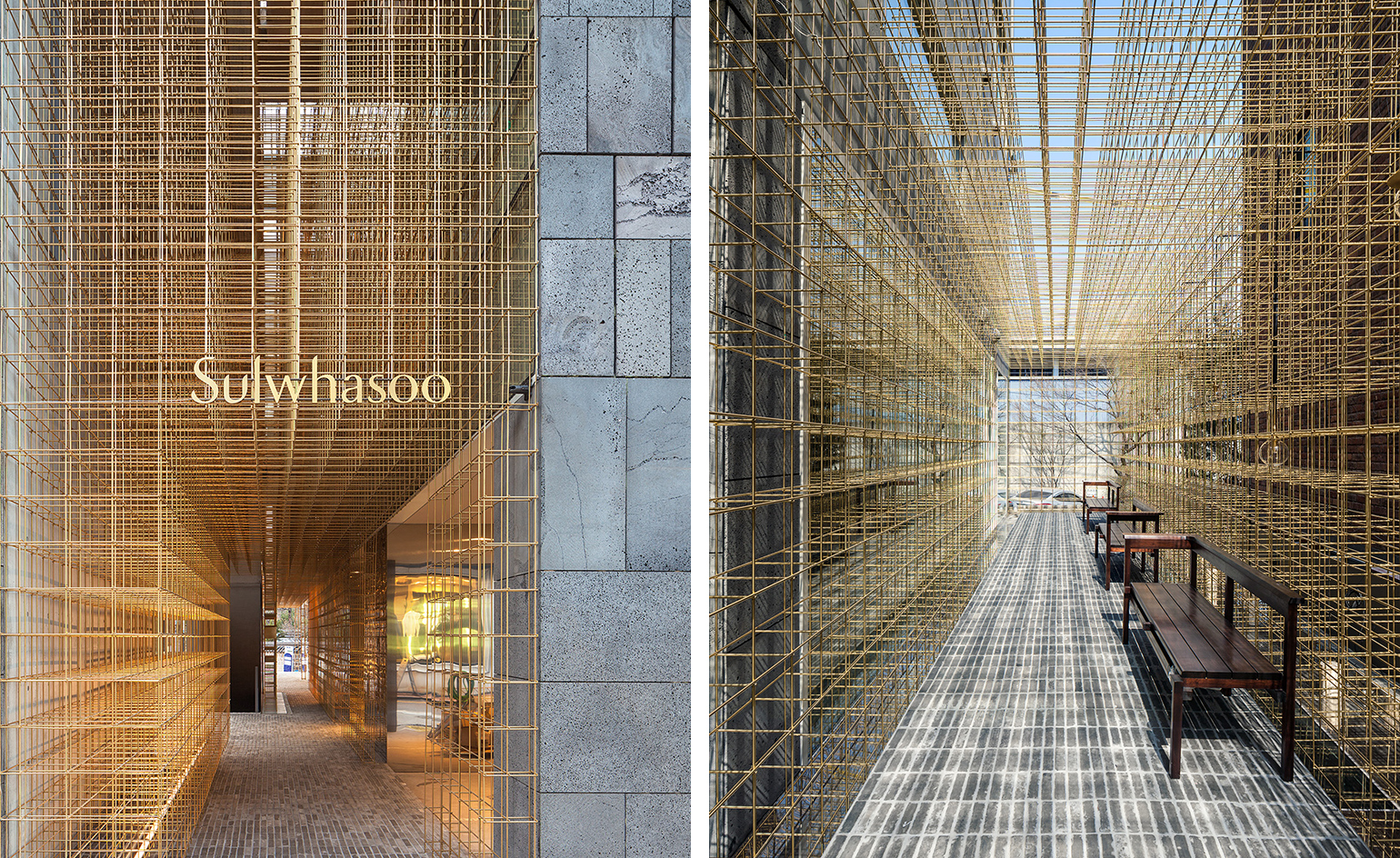
The concept of the modern single-brand beauty store is redefined in the newest design project from Neri & Hu for leading Korean skincare brand Sulwhasoo.
It comes as no surprise that Seoul’s beauty industry is investing heavily in creating flagship design statements – after all, this is a country where a ten-step morning face cleansing and moisturising ritual is considered the norm.
Sulwhasoo, however, sets a new design benchmark for the capital’s luxe retail scene with its first standalone store, combining an extensive array of skincare and beauty products with two separate spas and distinctive zones dedicated to the brand's heritage, VIP customers and a programme of cultural experiences.
The 1,949 sq m store, spread out over five stories on a prime corner site in the city’s luxury Gangnam retail neighbourhood, embraces the notion of the Oriental lantern with what the designers call ‘a continuous structure’ of slender brass filaments. The ethereal form extends from the street facade to within the structure to unify the interiors in a soft golden haze; while the lantern theme is reinforced with a series of large mirror volumes inserted into the wooden facade.
Throughout, the Shanghai-based design duo’s penchant for blending custom-design furnishings by leading brands such as Stellar Works, and iconic accent pieces by the likes of Carl Hansen, Arne Jacobsen and Fritz Hansen perfectly offset a muted natural palette that evolves from the moody brick wall and grey stone décor in the basement spa, through to noticeably lighter natural materials on the upper floors and rooftop terrace.
Meanwhile, the brand's products, including its signature 'Concentrated Ginseng Renewing Cream', are presented on understated timber counters topped with solid stone blocks, complete with custom-design hand mirrors.
To cap things off, retreat to the gift zone for a cup of fragrant herbal tea while your new purchase is meticulously wrapped in an elegant Korean textile.
'The Sulwhasoo flagship store is a spatial journey leading one to a self-exploration of all dimensions of beauty, inside and out,' explain Lyndon Neri and Rossana Hu of the project. 'The building as a lantern illuminates metaphorically and literally, as a beacon of light for the city and as a symbol of excellence in beauty.'
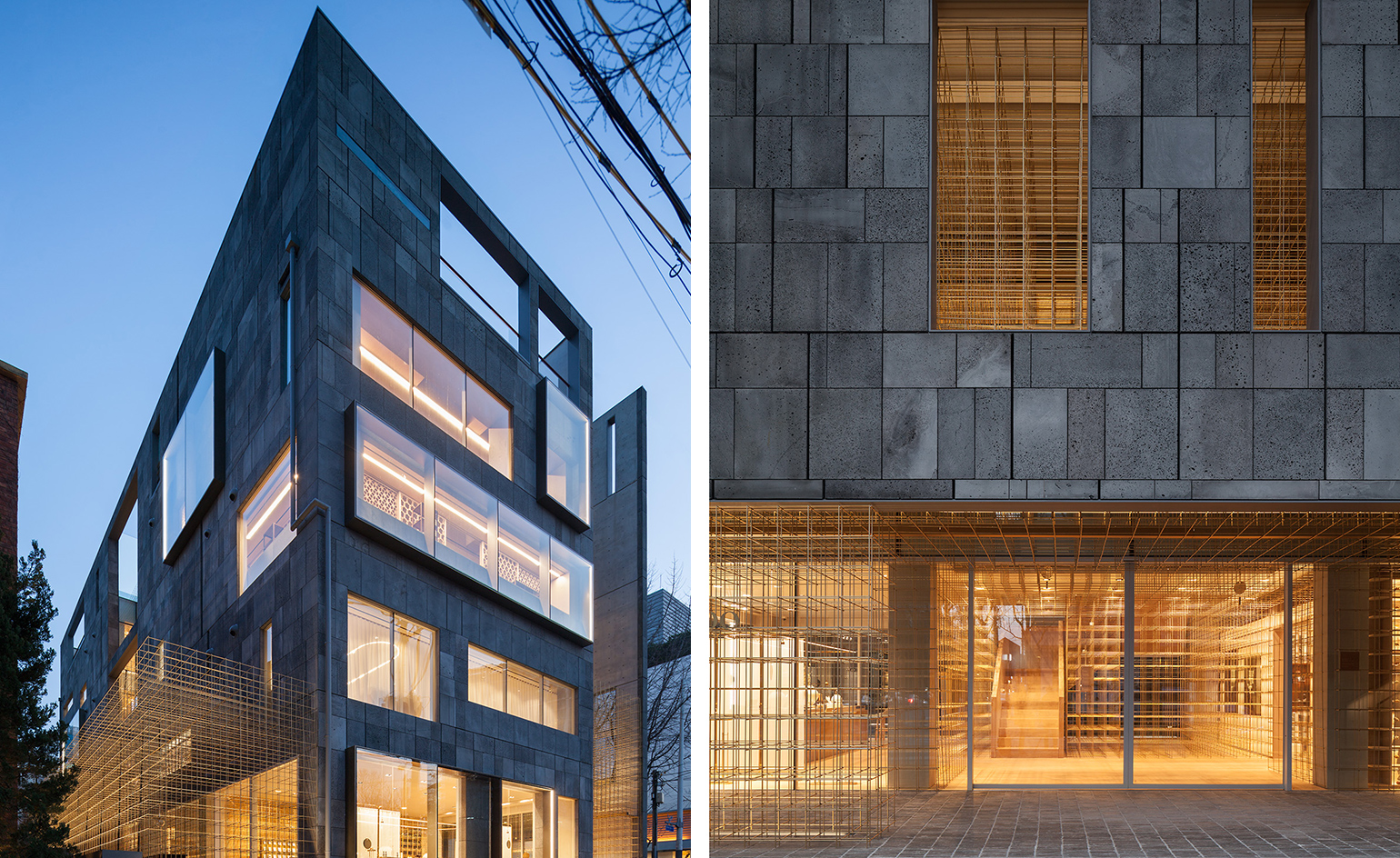
Neri & Hu aspired to create a space that appealed to all senses and captured the customer immediately as they approached the building, creating an experience which would unfold during the journey inside the store
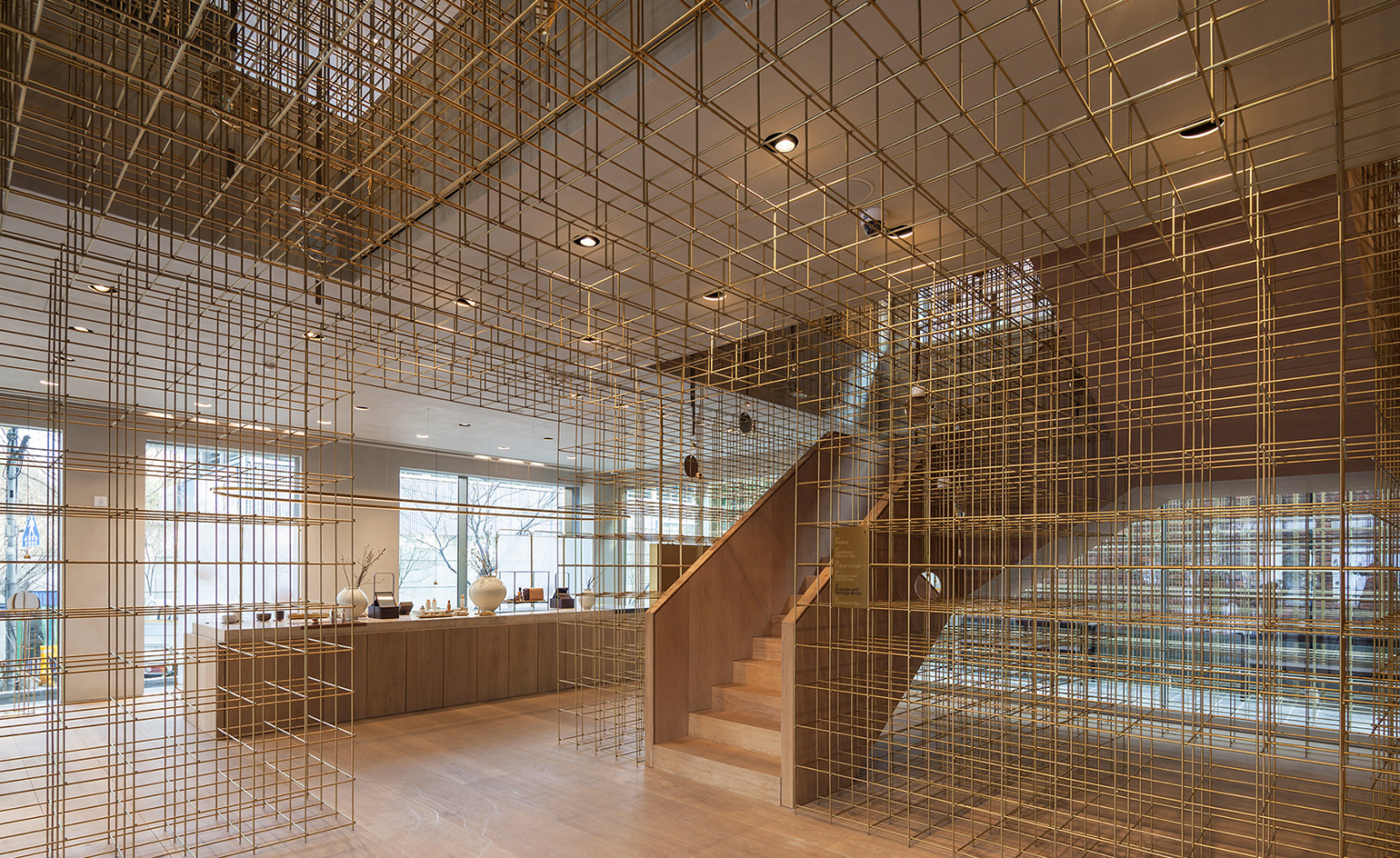
Moving through the building, the material palette becomes lighter and more open, inviting visitors to interact with the space
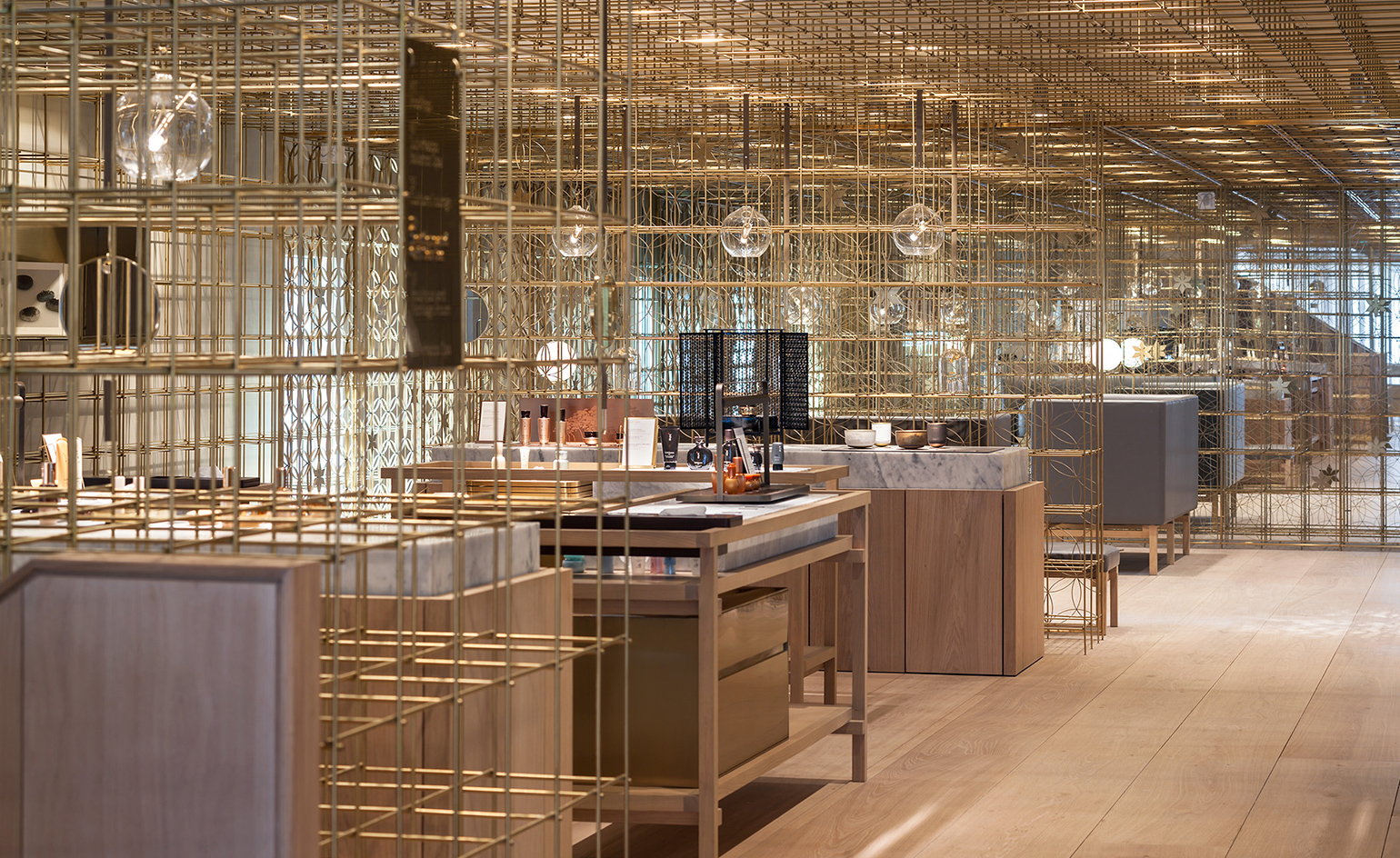
Wide timber floor boards occasionally rise up to form wooden counters with inserted solid stone blocks, on top of which Sulwhasoo’s products are displayed as precious objects
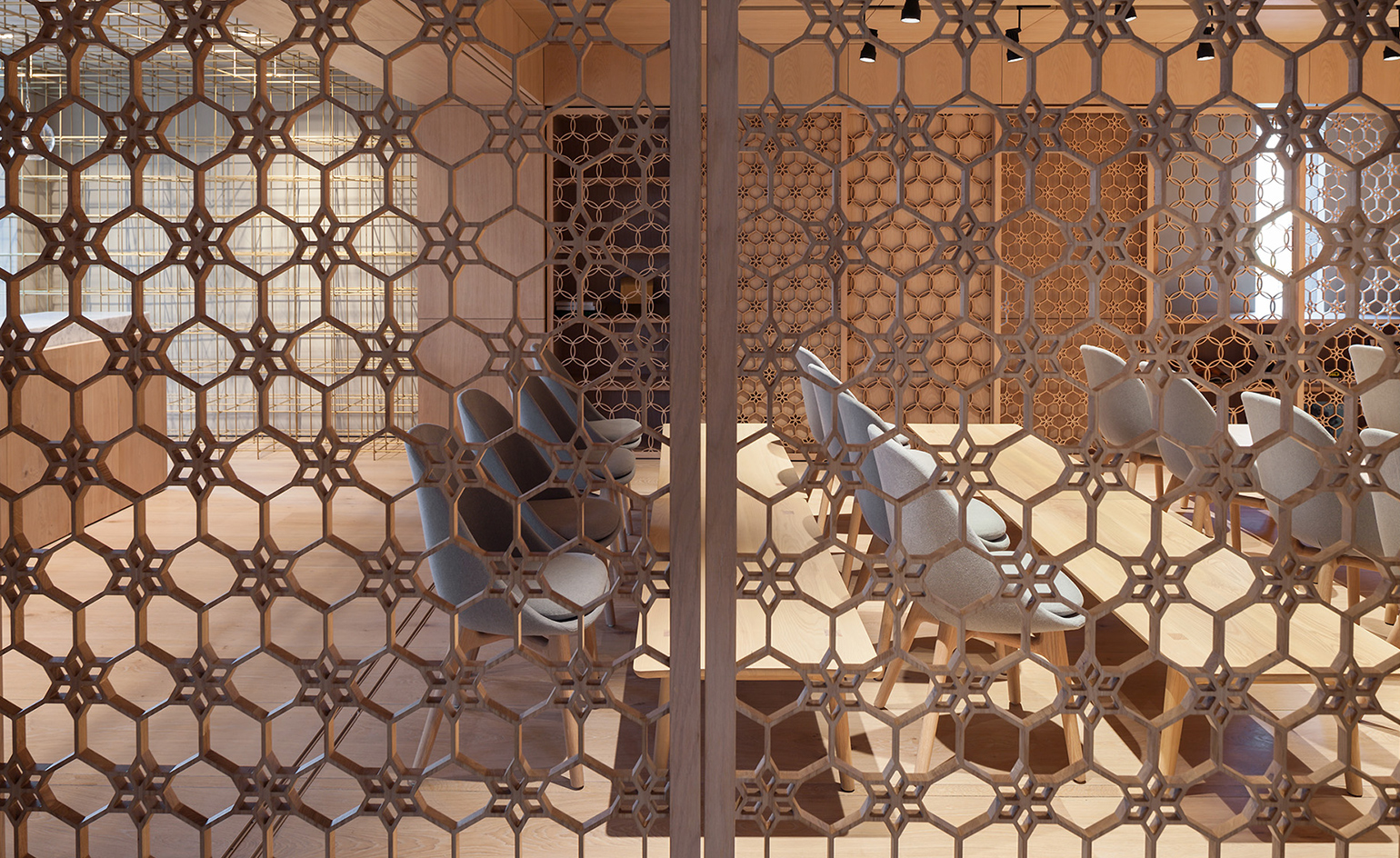
One of the many rooms in the Sulwhasoo concept store hidden behind a delicate wooden separé
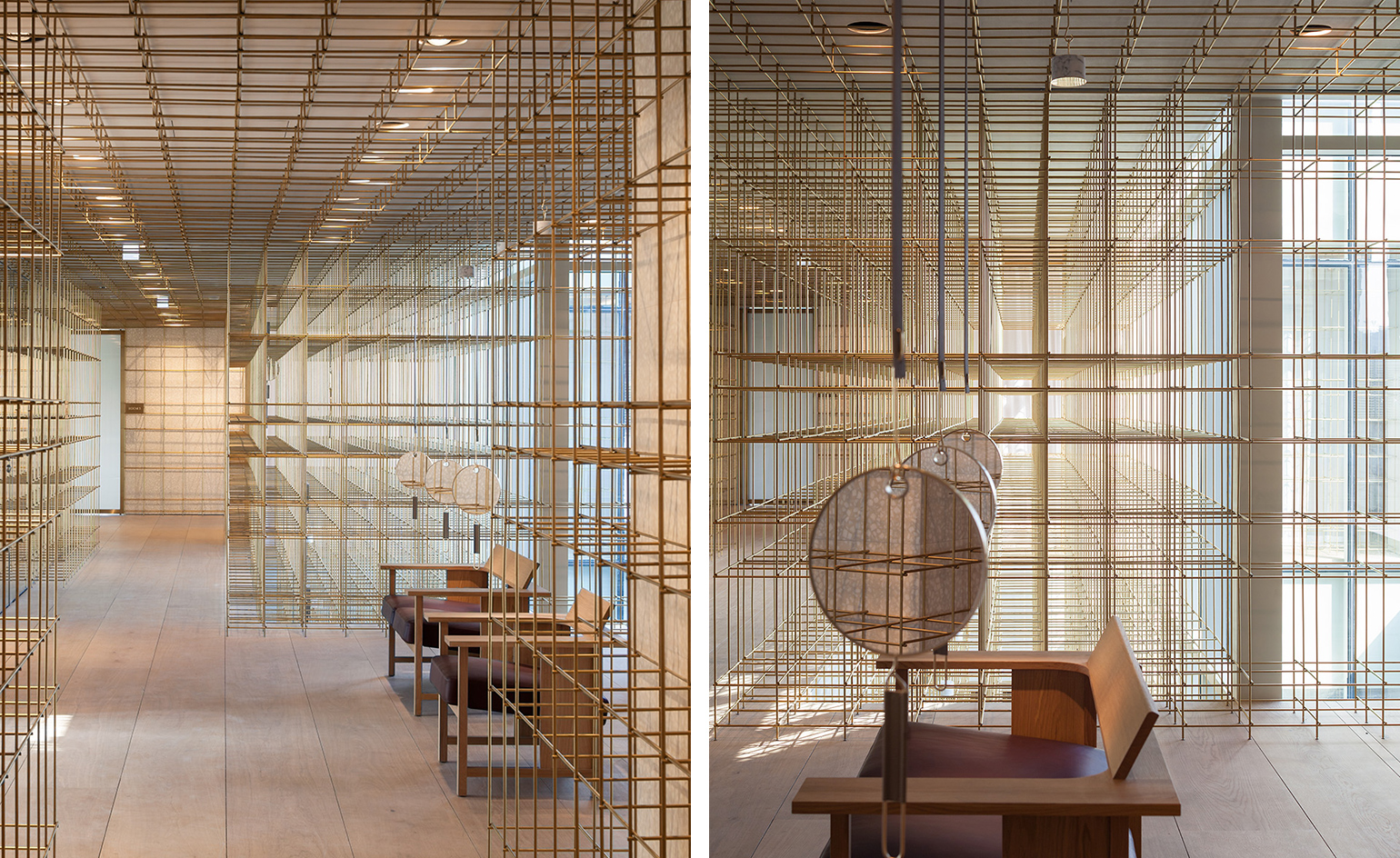
Mirror volumes are inserted into the wooden landscape to reflect and amplify the seemingly endless structure
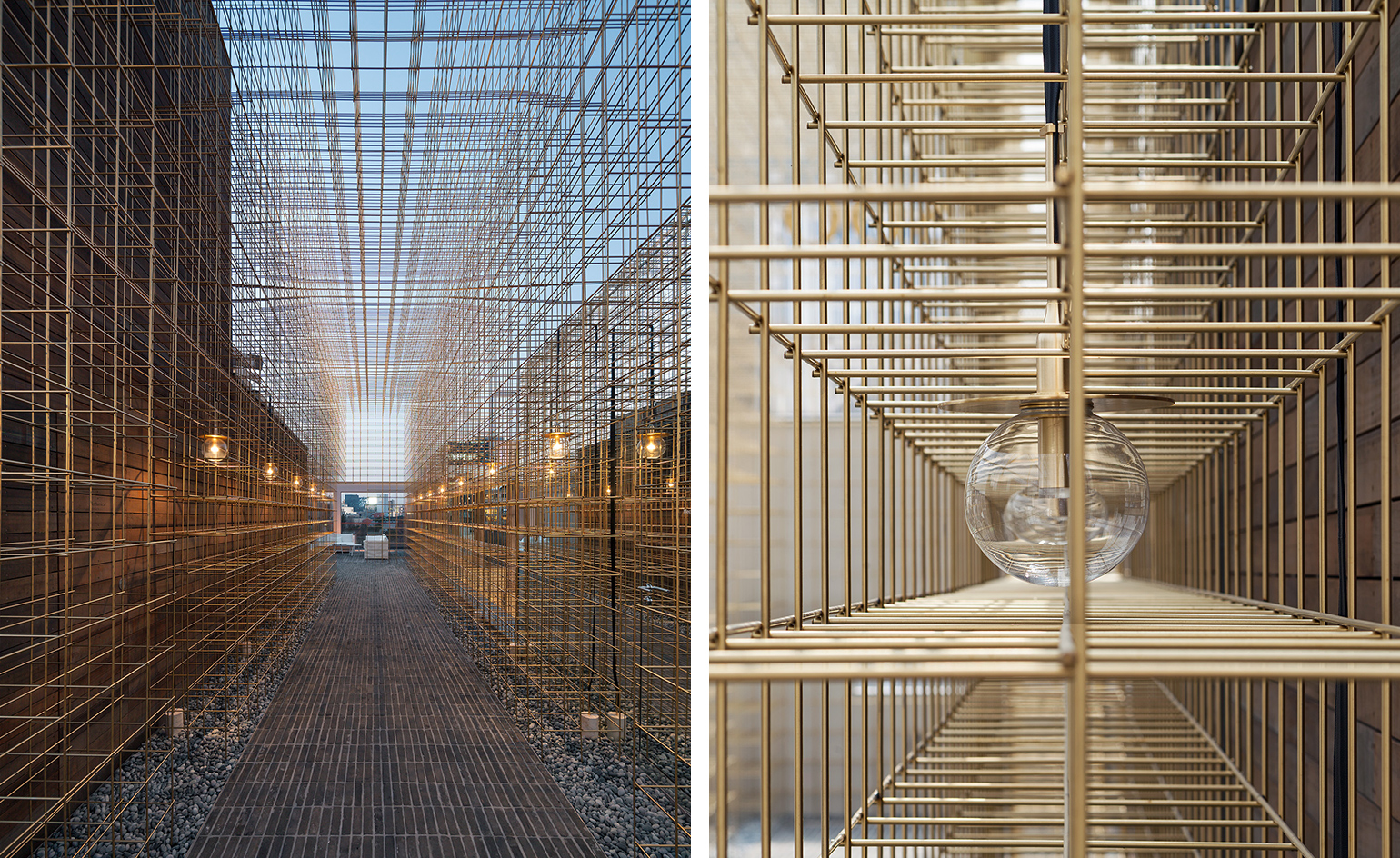
A continuous brass structure ties the whole store together, guiding customers while they explore the full extent of the space
INFORMATION
For more information, visit the Neri & Hu website
ADDRESS
Sulwhasoo
650, Sinsadong
Gangnam-gu
Seoul
Wallpaper* Newsletter
Receive our daily digest of inspiration, escapism and design stories from around the world direct to your inbox.
Catherine Shaw is a writer, editor and consultant specialising in architecture and design. She has written and contributed to over ten books, including award-winning monographs on art collector and designer Alan Chan, and on architect William Lim's Asian design philosophy. She has also authored books on architect André Fu, on Turkish interior designer Zeynep Fadıllıoğlu, and on Beijing-based OPEN Architecture's most significant cultural projects across China.
-
 Marylebone restaurant Nina turns up the volume on Italian dining
Marylebone restaurant Nina turns up the volume on Italian diningAt Nina, don’t expect a view of the Amalfi Coast. Do expect pasta, leopard print and industrial chic
By Sofia de la Cruz
-
 Tour the wonderful homes of ‘Casa Mexicana’, an ode to residential architecture in Mexico
Tour the wonderful homes of ‘Casa Mexicana’, an ode to residential architecture in Mexico‘Casa Mexicana’ is a new book celebrating the country’s residential architecture, highlighting its influence across the world
By Ellie Stathaki
-
 Jonathan Anderson is heading to Dior Men
Jonathan Anderson is heading to Dior MenAfter months of speculation, it has been confirmed this morning that Jonathan Anderson, who left Loewe earlier this year, is the successor to Kim Jones at Dior Men
By Jack Moss